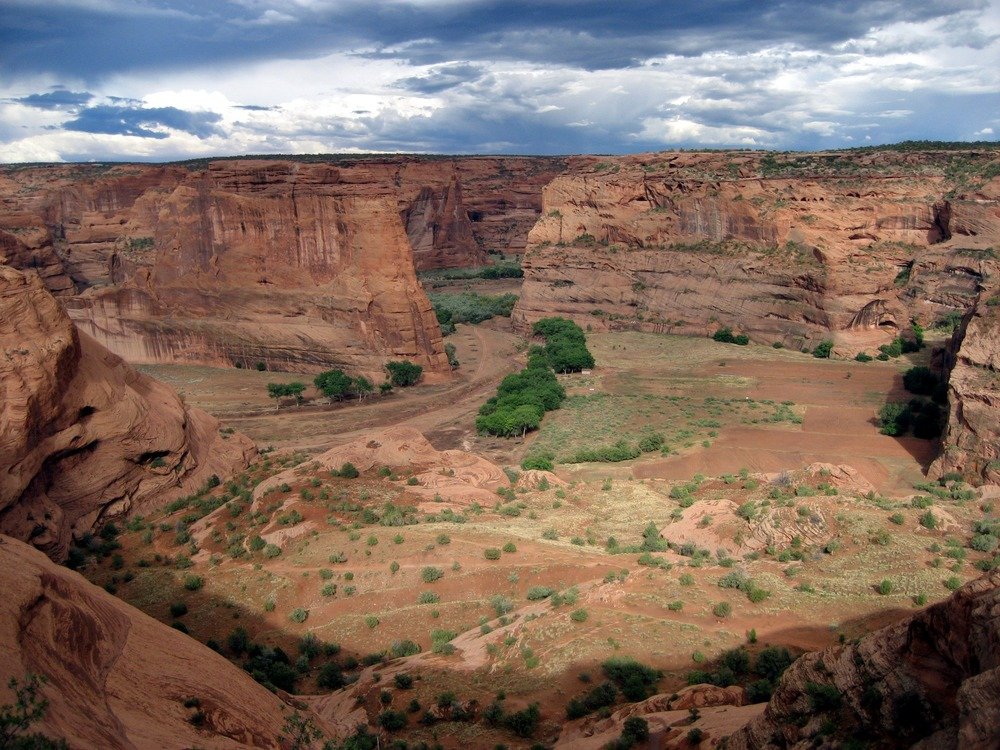SEASON 5 // EPISODE 3: MOON WATCHING
The Many Faces of the Moon.
Our Moon has a consistent and predictable cycle that repeats every month in the same way that it has for billions of years! But this cycle is more than the 29.5-day pattern of lunar phases. In this episode, we’ll hear about the ways humans have tracked the monthly lunar cycle, as well as the lunar standstill, and the significance that eclipses have for descendants of the Mesa Verde region today.
CONTENT WARNING: this episode includes discussion of Native American Residential Schools (also known as American Indian Boarding Schools). This content may not be suitable for all individuals. This section of the episode begins around 17:00 and ends around 19:00 if you wish to skip it.
“The eclipse...is a sacred occurrence that is happening between the sun bearer, between the sky, between the moon bearer, and between Mother Earth.
And it’s something that’s so, so powerful that it’s beyond our comprehension as human beings, and it’s not meant for us to be a part of.”
In this episode, Octavius Seowtewa (Zuni) and Curtis Quam (Zuni) talk about the ways in which the Zuni people observe and track the movements of the moon for ceremony and for farming. Curtis also discusses the long term harmful effects that American Indian Residential Schools have had on the traditions and people of Zuni. Ravis Henry (Navajo/Diné) talks about the importance of the Moon to the Navajo people, and the way that they revere eclipses.
Dr. Erica Ellingson, Professor in the Department of Astrophysical and Planetary Sciences at the University of Colorado, explains the 18.6-year lunar standstill cycle and how Chimney Rock National Monument is likely a place where this cycle was tracked and honored.
Looking for more?
Well, you’ve come to the right place.
ZUNI PUEBLO
Today, the Zuni live in western New Mexico, about 150 miles west of Albuquerque. To learn more about the Zuni people, they invite you to come and learn directly from them in Zuni!
Visit the A:shiwi A:wan Museum and Heritage Center in Zuni, New Mexico to find exhibits and programs telling the story of Zuni - past, present, and future. You can find information about celebrations and feast days that are open to the public, as well as current visitation guidelines on their website by clicking the button below.
NAVAJO NATION
Today, the Navajo (or Diné) live in Northeastern Arizona, Northwestern New Mexico, and Southeastern Utah. This area is called the Navajo Nation or Navajoland. The Navajo people have called this region home for thousands of years, prior to contact from settlers.
NOTE: If you plan to visit or travel through the Navajo Nation, please check local travel and health guidelines. Be respectful of areas that are off-limits to non-Navajo people and stay on marked roads and trails.
CHIMNEY ROCK NATIONAL MONUMENT
Located on the southern side of Highway 160 between Pagosa Springs and Durango, Colorado, Chimney Rock is one of the most distant outlying communities for the Chaco Canyon culture. Inhabited between roughly 900 and 1150 CE, this village is older than the cliff dwellings at Mesa Verde, and the people had likely moved on before the height of occupation at Mesa Verde.
Today Chimney Rock is one of the few National Monuments overseen by the Forest Service. It lies within the San Juan National Forest, the San Juan National Forest Archeological Area, and the Southern Ute Reservation.
NOTE: Chimney Rock National Monument is only open seasonly from May 15 - September 30. Please check the park website to plan accordingly.
CANYON DE CHELLY NATIONAL MONUMENT
Located in Northeastern Arizona, Canyon de Chelly is also in the heart of the Navajo Nation, and is entirely owned by the Navajo Tribal Trust of the Navajo Nation.
About 40 Navajo families live within the park today. And it is the only National Park Service unit that is owned and cooperatively managed in this way.
While the Navajo Nation is primarily located south of the Mesa Verde Region today, the Navajo have historically moved across the Southwest on generations' long migrations throughout their ancestral homelands.
CHACO CULTURE NATIONAL HISTORICAL PARK
Chaco is also an International Dark Sky Park! To find more information about Chaco Culture National Historical Park - or to plan a visit - check out their website or follow on Facebook.
NOTE: The road at Chaco is prone to washouts. Always check the park website or social media for current road conditions.
ECLIPSES
Lunar and solar eclipses have been witnessed by humans for thousands of years. Some cultures view them as times of great reverence, a time to pray and be mindful while the sun and moon deities interact in the sky. For other cultures, this is a time of wonder and a time of healing. These events have effects on plants, insects, and animals across the globe.
To learn more about eclipses and how to witness one in a National Park, click the button below.
SKY WATCHING AT MESA VERDE NATIONAL PARK
Check out sun, sky, and star watching opportunities in the 100th International Dark Sky Park! Visit Mesa Verde’s park website for information on where to go and how to properly plan for this out-of-this-world experience.
NOTE: Most trails, the backcountry, and all ancestral sites are closed to the public after sunset. Please reference the park website for areas that are open to the public for stargazing, and please visit with respect.
LIVING THE SKY: THE COSMOS OF THE AMERICAN INDIAN
By Ray A. Williamson
If you’re looking for additional reading on archeoastronomy, check out LIVING THE SKY: THE COSMOS OF THE AMERICAN INDIAN.
Ray Williamson offers a look into the ways that different Indigenous cultures across the United States have observed and tracked the movement of the sun, moon, and stars.











